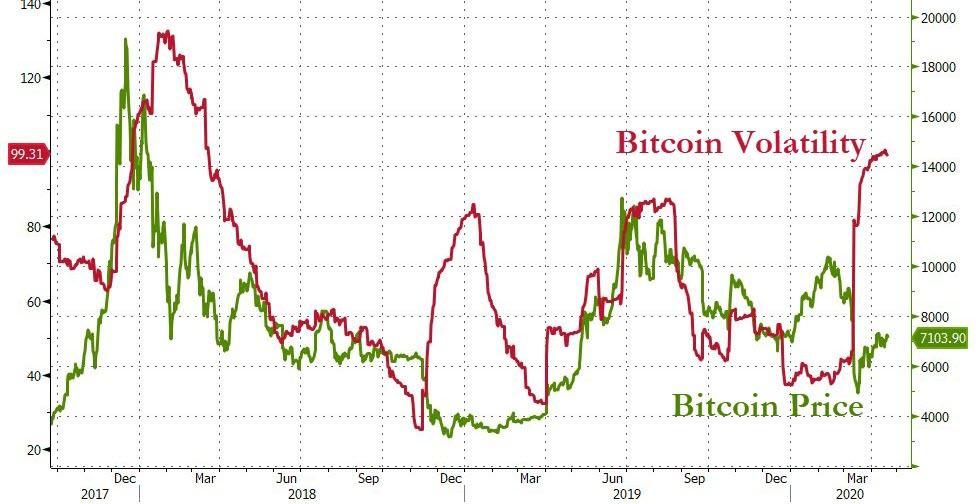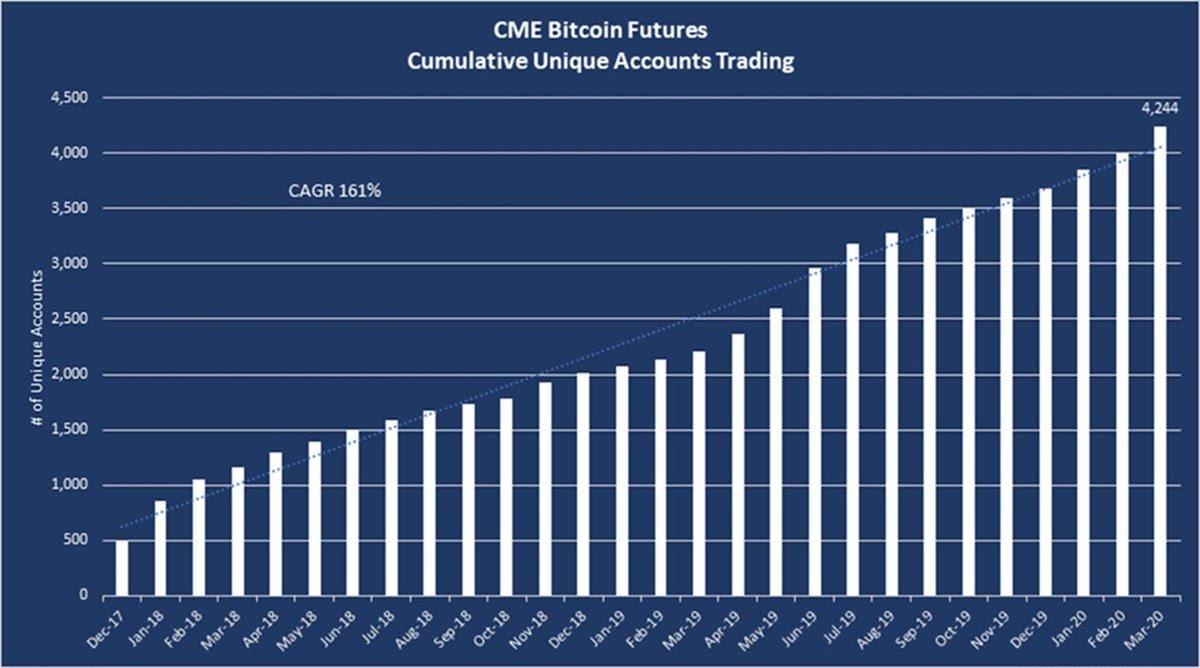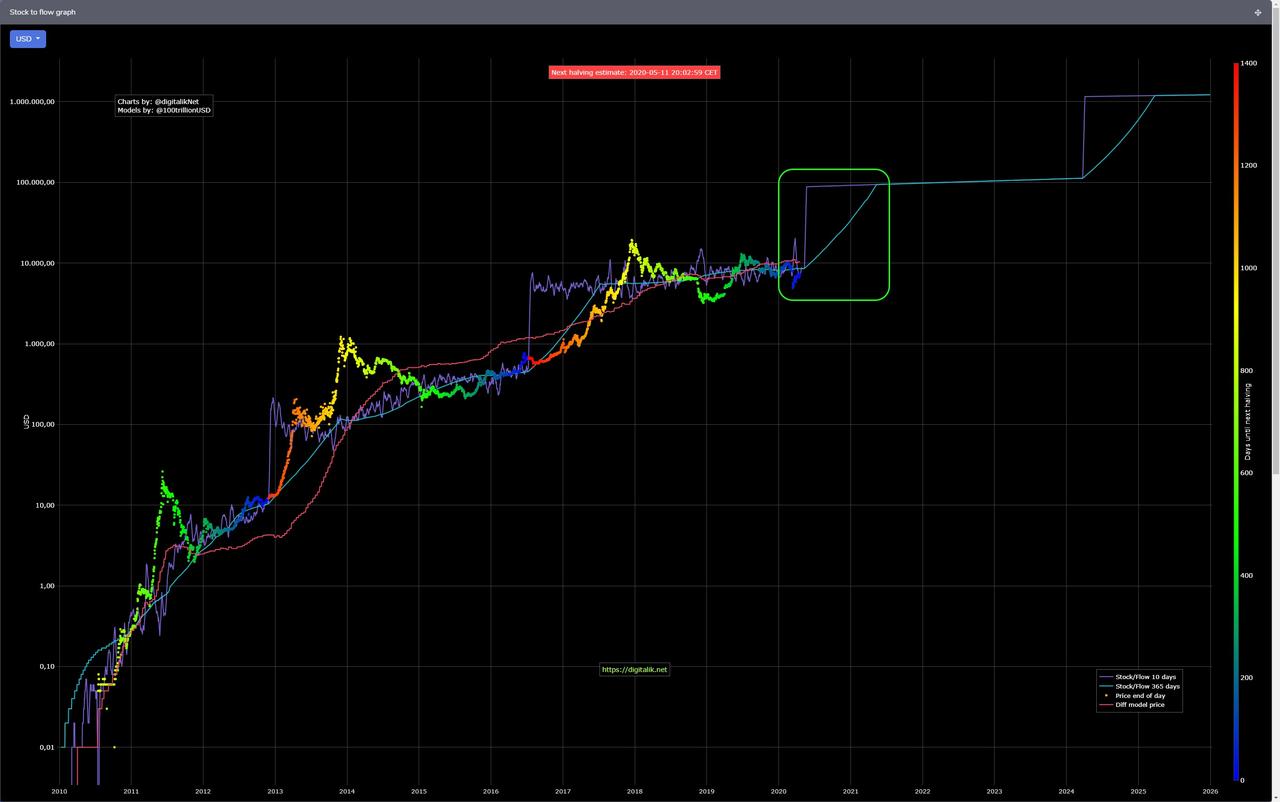Just days after The Wall Street Journal reported on the stellar performance of the greatest hedge fund in history (Renaissance's ultra secretive and ultra lucrative - open only to friend and employees - Medallion fund), the directionally-agnostic, algo-driven system is apparently turning its attention to the crypto markets.
As we recently detailed, since 1988, Medallion has averaged annual gains of 39% after fees, and its best years include 2000 and 2008, difficult years for most investors.
For those unfamiliar, the Medallion fund holds thousands of stocks at any one time, while betting against thousands of other shares and trading currencies, commodities and bond futures, according to people close to the firm.
During market collapses, most investments tend to plummet in unison, which can make it hard for Medallion to profit. That phenomenon may help explain why the fund treaded water in early March. In the aftermath of these difficult periods, and as markets settle, Renaissance’s 35,000 computer processors comb 30 trillion bytes of data each day searching for mispricings.
Ironically, the best hedge fund is the one that not even its managers know what it does:
Renaissance’s predictive models, developed by the firm’s 320 or so string theorists, astronomers and other scientists and mathematicians, are built on more than 10 million lines of computer code and rely on historic prices and other data. Preset algorithms generate all its trades, eliminating human emotion from the investing decision.In fact, because Renaissance’s system employs elements of machine learning and is so complicated, it can be challenging for the firm’s own executives to immediately understand why the firm is doing well or poorly. Some of them believe their gains, at least in part, could result from mistakes rival investors make during challenging markets.“The computer runs itself and we hardly ever interfere, the machine tells us what we should do,” says someone close to the firm. “Every experience we’ve had shows that humans mess up worse than machines.”
Renaissance's chainsmoking, codebreaking founder Jim Simons, who is worth over $23 billion, is working from his Long Island home amid the coronavirus pandemic like many others at the firm, the Journal's Greg Zuckerman reports.
Of course, since the fund basically runs itself, it's unclear why anyone would ever need to show up to the office at all.
Medallion is a “medium-frequency” trading firm, generally holding its investments from “moments to months,” in the words of an employee, rather than milliseconds, like high-frequency firms. Still, Medallion also can benefit from volatile markets like those trading shops.There may be reason to think investors should brace for continued market volatility, at least according to Renaissance’s predictive models. In late March, Medallion’s investors were given the opportunity to put more money in the hedge fund so the firm could expand its size. That move may have been made because the computers anticipate more opportunity for profits - and more volatile and challenging markets - in the months ahead.
This is one occasion when we will say that the machines are right, hands down, and perhaps that is why the fund is now potentially entering the cryptocurrency markets since volatility has risen dramatically in recent weeks, potentially offering the RenTec algos more profitable trading arenas.
And now, as CoinTelegraph reports, in a brochure originally dated March 30, the United States regulator the Securities and Exchange Commission (SEC) confirmed that Renaissance Technologies’ Medallion Funds now have access to the burgeoning Bitcoin futures scene.
According to the literature, Renaissance will offer access to cash-settled contracts from CME Group, one of the two oldest-running Bitcoin futures providers.
The Medallion Funds are permitted to enter into bitcoin futures transactions, which Renaissance will limit to cash-settled futures contracts traded on the CME.The underlying commodity for these futures transactions, bitcoin, is a relatively new and highly speculative asset.Bitcoin and futures based on bitcoin are extremely volatile, and investment results may vary substantially over time. These instruments involve substantially more risk and potential for loss relative to more conventional financial instruments. Investments of this type should be considered substantially more speculative and significantly more likely to result in a total loss of capital than many other investments.Some of the risks associated with bitcoin are:1) its limited history;2) the absence of any recognition of bitcoin as legal tender by any government;3) the lack of any central authority to issue or control bitcoin;4) its susceptibility to manipulation by malicious actors or botnets;5) its susceptibility to forking;6) its substantial price volatility;7) its possible correlation to the price volatility of other distributed ledger assets;8) the susceptibility of bitcoin spot exchanges to the risk of fraud, manipulation, and other malfeasance;9) the undeveloped and evolving nature of bitcoin regulation;10) the enhanced basis risk in bitcoin futures compared to other types of investment vehicles;11) the possibility of exchanges or FCMs’ imposing other requirements or limitations on bitcoin futures trading; and12) increased regulatory scrutiny of participants in the crypto space. Any of these factors could materially and adversely affect the value of the Fund’s investments.
At the same time, Bitcoin futures have been witnessing a return to form after suffering reduced participation in previous weeks.
According to the most recent data from CME, its products reached all-time highs in terms of unique accounts last month, a combined annual growth rate of 161%.
CME Bitcoin futures accounts. Source: Hunter Horsley/ Twitter
Nonetheless, reactions to the Medallion Funds announcement underscored continued distrust of institutional investors among Bitcoin supporters. As Cointelegraph reported, suspicions last year focused on futures contract settlements artificially pressuring the Bitcoin price.
Others, such as stock-to-flow creator PlanB, have publicly refuted the idea that futures are responsible for price manipulation.
As Coindesk.com notes, however, whether Medallion is participating in that market is unknown. The disclosure did not state if Medallion had begun buying bitcoin futures contracts or planned to in the future, and Renaissance, notoriously tight-lipped about its best-performing fund, did not respond to requests for comment.
Additionally, CoinTelegraph's William Suberg notes that RenTec's move towards the crypto markets comes just before the much-watched - and likely volatility-inducing - Bitcoin Halving in May.
The creator of the stock-to-flow (S2F) Bitcoin (BTC) price model says that the upcoming block reward halving will decide if it lives or dies.In a series of tweets on April 16, PlanB said that he is sticking by the Bitcoin price increasing by “an order of magnitude” in the two years after the May halving.Analyst looks for fundamental insights from halving
“(In my opinion) #bitcoin 2020 halving will be like 2012 & 2016. As per S2F model I expect 10x price (order of magnitude, not precise) 1-2 yrs after the halving,” he wrote.“Halving will be make-or-break for S2F model. I hope this halving will teach us more about underlying fundamentals & network effects.”Stock-to-flow measures the issuance of new Bitcoins each block against Bitcoin’s existing supply, a method which has proven highly accurate in charting price performance.According to the model’s latest incarnation, BTC/USD should hit $30,000 by the end of 2020.Bitcoin stock-to-flow chart as of April 17. Source: PlanB/ DigitalikBTC, macro “will not correlate forever”
Continuing, PlanB responded to queries regarding Bitcoin’s correlation to traditional markets. A key concern among many traders is that a repeat of March could still occur, BTC/USD shedding 60% in a day as stocks crashed.Highlighting the Dow Jones, PlanB argued that current correlation was the result of the broader coronavirus crisis, and was not a permanent feature for Bitcoin:“During crisis everything is correlated. What's next is what's interesting. They will not be correlated forever (in my opinion).”Promising to throw out the stock-to-flow model altogether if it fails to deliver as planned, he added that he nonetheless was not nervous about such a scenario occurring.Recently, some well-known cryptocurrency figures have criticized the concept, arguing it is simply too optimistic and has created a “cult” which reinforces its prognosis. As Cointelegraph reported, they include Ethereum co-founder Vitalik Buterin and a Bitcoin whale known as J0E007.“To be clear: I expect S2F-price relationship to hold,” PlanB confirmed.
That 'jump' certainly offers Jim Simons and his machines an opportunity one way or the other.
Finally, we note that hidden deep in the "Material Risks" section of the RenTech brochure is a series of warnings of the potential impacts of COVID-19 on markets' functioning...
Many countries have been susceptible to epidemics, such as severe acute respiratory syndrome, avian flu, H1N1/09 flu, and, currently, COVID-19 (commonly known as the “CORONAVIRUS”), which the World Health Organization has declared to be a pandemic. The epidemic or pandemic outbreak of an infectious disease, together with any resulting restrictions on travel, transportation, or production of goods or quarantines imposed, will likely have a negative impact on the business activity in some if not all of the countries in which a Fund may invest and on the national, regional, or global economy, thereby adversely affecting the performance of the Fund’s investments. A continued escalation in the CORONAVIRUS outbreak could see a continual and drastic decline in global economic growth. CORONAVIRUS has led to significant volatility in the global financial markets, and the CORONAVIRUS and any future outbreak of an infectious disease or any other serious public health concern may lead to additional volatility and illiquidity of a Fund’s investments, the imposition of emergency or extraordinary regulatory restrictions on markets and trading activities, and significant interruption in the normal business activity of Renaissance and the Fund’s other service providers (including financial intermediaries), which could materially harm the Fund’s investments and negatively affect the performance of the Fund.U.S. and other financial markets around the world and their participants, including the financial intermediaries through which the Funds clear or execute their transactions or have contractual relationships with, can be adversely affected by unusual market turmoil such as the ongoing CORONAVIRUS pandemic in 2020. The occurrence of such upheavals and ensuing market, legal, regulatory, reputational, or other consequences is unpredictable, but can be expected to have an adverse effect on the Fund’s business, trading, and profitability and restrict its ability to acquire, sell, or liquidate financial instruments at favorable times or prices (thereby also restricting the Fund’s ability to generate cash to fulfill redemption requests).The prices of securities and of futures, forwards, and other derivatives are subject to unpredictable changes, which can be rapid and substantial. Such changes may result from, among other things, changing supply and demand relationships; changes in interest rates and stock-loan availability; currency fluctuations; government trade, fiscal, and economic policies; and other world events, including without limitation the outbreak of epidemics or pandemics, natural disasters, terrorist attacks, or military conflicts. Governments from time to time intervene in certain markets, often with the intent to influence prices. For example, in response to market conditions resulting from the CORONAVIRUS pandemic, various international regulators have recently imposed limits or prohibitions on engaging in short sales, which can impede a Fund’s ability to fully execute its trading strategy. Governments or applicable regulatory authorities could also, for example, close markets or limit the markets’ hours of trading.
Don't say you were not warned.




